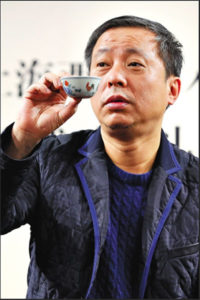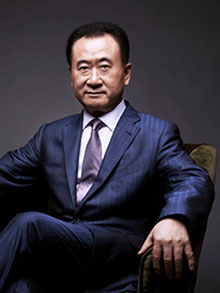
Billionaire Liu Yiqian bought a Ming-dynasty teacup with twenty-four swipes of his Amex card in 2014
Source: bendijin.net
SOTHEBY’S HAS A US$1.6 million dollar limit per credit card transaction. So it took the Shanghainese billionaire Liu Yiqian 刘益谦 twenty-four swipes of his Amex card to purchase one of the most sought-after pieces of Chinese porcelain in the world: a Ming-dynasty teacup decorated with a delicate painting of chickens. While the payment was going through at the auction house in Hong Kong in late July 2014, Liu picked up the US$36 million cup, poured some tea into it and took a sip. The photo of him drinking from the cup ignited a storm of criticism in China, where he was accused of vanity, vulgarity, risking damage to the cup and ostentation. ‘Emperor Qianlong has used it,’ he said. ‘Now I’ve used it. I just wanted to see how it felt.’
Liu’s ‘chicken cup’ 鸡缸杯 is destined for display in his new private museum, the Long Museum in Shanghai (see Forum ‘Looking Backward: Chinese Art in 2014’, p.194). One of only nineteen such cups still in existence, this is considered the most flawless specimen. Only a few remain in private hands, and this is the only genuine, authenticated example in a Chinese collection.
It was also the most expensive piece of Chinese art sold at auction in 2014, still well above the loftiest figures in contemporary art, including Zeng Fanzhi 曾梵志, who became the most expensive living Asian artist when his painting The Last Supper (2001) sold at auction for US$23.3 million in October 2013.
According to Artprice.com, a comprehensive global database of art sales, China — with combined sales topping US$4.1 billion — remains the largest market for art, edging ahead of the US for the fourth year in a row. Artprice will soon produce its market reports in Chinese as well as in English. Despite ongoing issues of non-payment, price manipulation and authenticity, the world’s largest auction houses have set up shop in situ — Sotheby’s in Beijing, in partnership with the state-owned Beijing GeHua Art Company, and Christie’s, working solo in Shanghai.
The mainland Chinese auction houses China Guardian and Poly Auction, meanwhile, have become forces on the international scene. If still trailing well behind Sotheby’s and Christie’s, they rank third and fourth largest in the world in terms of total sales: China Guardian passing US$582 million under the hammer in 2013, and Poly US$580 million. The domestic art market in China has a long and prestigious history, despite a three-decade hiatus during the Mao era, when many fine pieces still managed to land in the private collections of connoisseurs such as Kang Sheng 康生, Mao’s long-serving security and intelligence chief who was posthumously denounced as an ‘extreme leftist’ in league with the Gang of Four.

China’s richest man in 2013 Wang Jianlin purchased a Picasso for
US$28 million
Source: wanda-group.com
While Chinese contemporary art is losing some of its circa 2005–2011 global lustre, late-coming mainland collectors and patriotic overseas Chinese continue to buoy up their compatriots’ prices. Prestige and investment motivate Chinese buyers as much as personal taste. Imperial antiques aside, there is a voracious interest in the country’s modern masters, late nineteenth- and mid-twentieth-century names like Chang Dai-Ch’ien 张大千, Qi Baishi 齐白石, Li Keran 李可染 and Xu Beihong 徐悲鸿, as well as Paris-based emigrés Zao Wou-Ki 赵无极 and Sanyu 常玉. In 2013, three Chinese artists ranked among the world’s top ten for combined sales, with the leader, Chang Dai-Ch’ien, coming in third overall, with US$291.6 million of ink paintings sold — overshadowing the likes of Gerhard Richter (No.7, US$165.8 million) and Claude Monet (No.10, US$137.6 million). There is also growing interest in prestige non-Chinese works, with collectors finding ready sellers in cash-strapped Europe and elsewhere. In November 2013, China’s richest man, Wang Jianlin 王健林 (Wahaha), purchased a Picasso (Claude et Paloma, 1950) for just over US$28 million. In China, investing in art that is high in cultural prestige, but low in political risk, has become a big business with global implications.
Notes
Chang Dai-Ch’ien’s name is also transliterated as Chang Ta Ch’ien (using Wade Giles transliteration), Zhang Daqian (using Pinyin) or Chang Dai Chien. Here we follow the transliteration used by the Chang Dai-Ch’ien Residence memorial, of the National Palace Museum, Taiwan.


